Case Nutty 1660
Well-known Member
I count 56 logs and maybe one more if they weigh what 400 lbs each?? not a real in the know whit timber,, but that would be 22,400lbs,, heck of a load for six head??
cnt
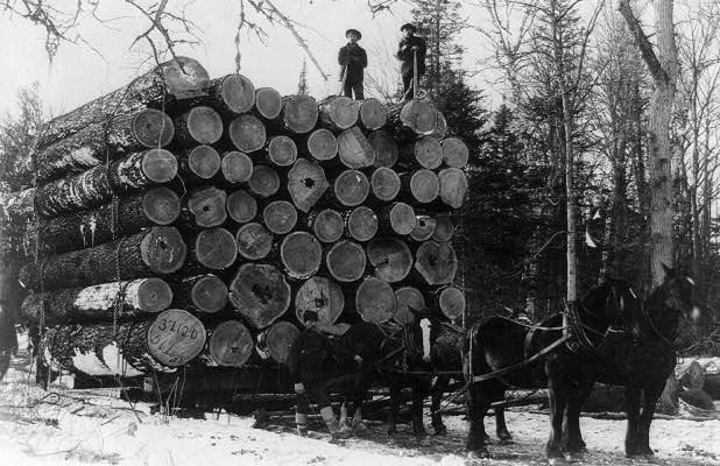
cnt


I agree. And what am I missing? I only see 4 horses. Plus, I can't imagine them breaking that load loose from the snow covered ground. And how would you control it on a hill or a curve?(quoted from post at 22:04:13 11/16/15) I have a hard time believing that just 6 head of horses pulled that load.
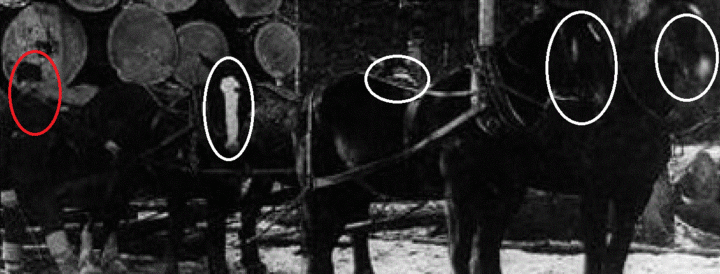
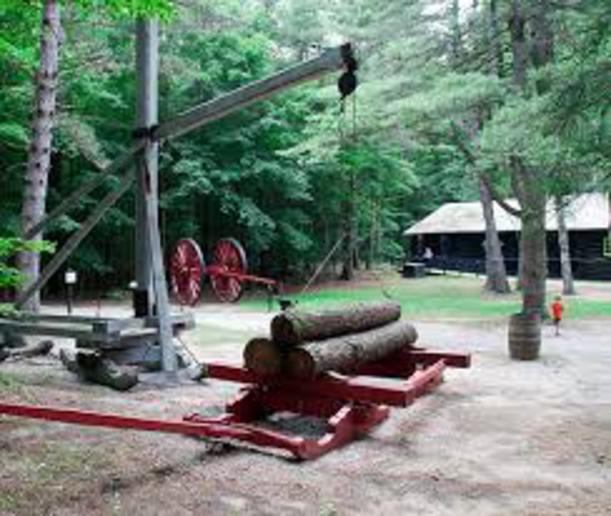
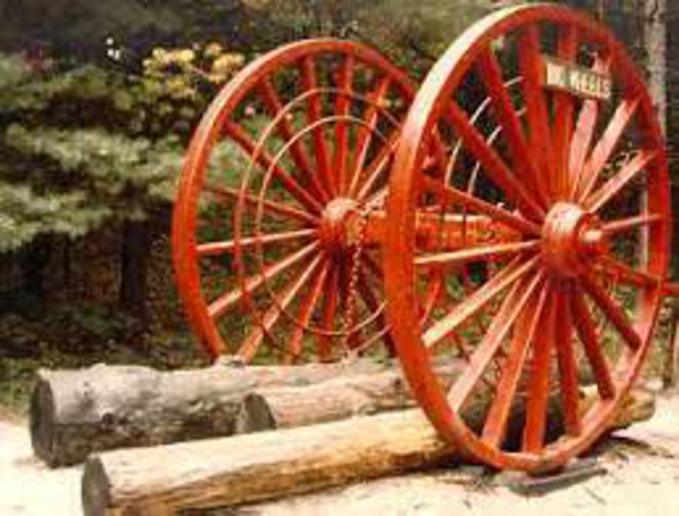
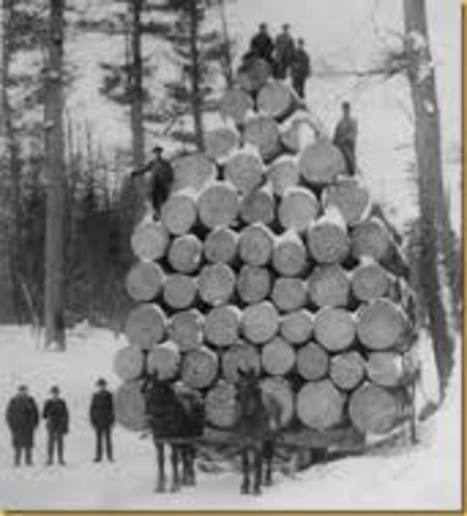
(quoted from post at 03:40:28 11/17/15) Case Nutty 1660- You are right on the count of logs. On the bottom left log is written '37120, 56 Logs'.
We sell tractor parts! We have the parts you need to repair your tractor - the right parts. Our low prices and years of research make us your best choice when you need parts. Shop Online Today.
Copyright © 1997-2024 Yesterday's Tractor Co.
All Rights Reserved. Reproduction of any part of this website, including design and content, without written permission is strictly prohibited. Trade Marks and Trade Names contained and used in this Website are those of others, and are used in this Website in a descriptive sense to refer to the products of others. Use of this Web site constitutes acceptance of our User Agreement and Privacy Policy TRADEMARK DISCLAIMER: Tradenames and Trademarks referred to within Yesterday's Tractor Co. products and within the Yesterday's Tractor Co. websites are the property of their respective trademark holders. None of these trademark holders are affiliated with Yesterday's Tractor Co., our products, or our website nor are we sponsored by them. John Deere and its logos are the registered trademarks of the John Deere Corporation. Agco, Agco Allis, White, Massey Ferguson and their logos are the registered trademarks of AGCO Corporation. Case, Case-IH, Farmall, International Harvester, New Holland and their logos are registered trademarks of CNH Global N.V.
Yesterday's Tractors - Antique Tractor Headquarters
Website Accessibility Policy
